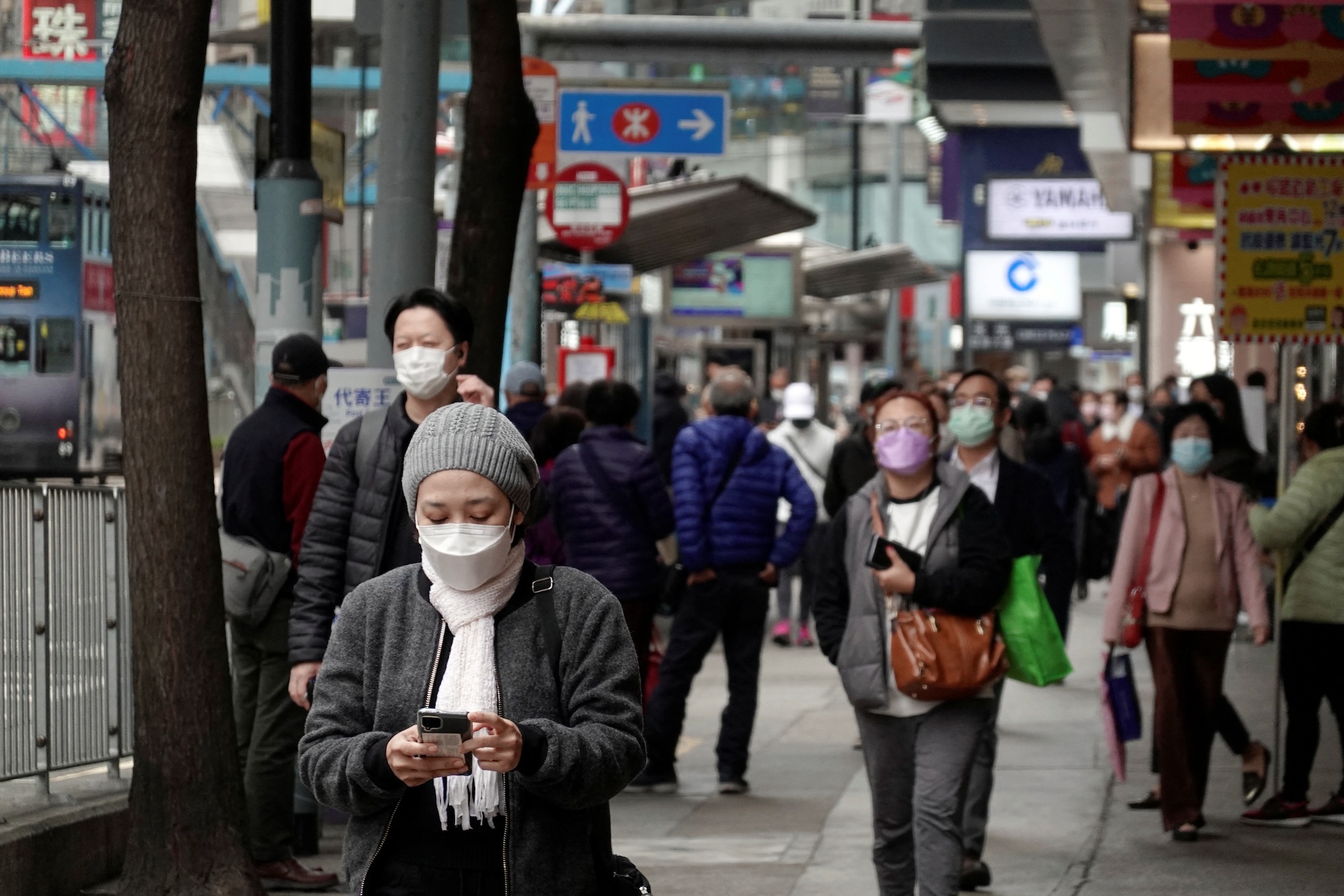
Hong Kong’s climate is typically subtropical, with mild winters and hot, humid summers. However, the current cold weather warning, with temperatures expected to drop to 12 degrees Celsius, is unusual for the region. Historically, Hong Kong’s winter temperatures average around 15-20 degrees Celsius, making this drop significant. The Hong Kong Observatory plays a critical role in monitoring and issuing weather warnings to ensure public safety. Recently, the Observatory has issued both Cold and Very Hot Weather Warnings, highlighting the need for preparedness in extreme conditions.
The term “mercury” refers to the liquid metal historically used in thermometers to measure temperature. While modern thermometers often use digital sensors, the term remains a common way to describe temperature readings. For real-time updates and historical data, the Hong Kong Observatory’s website (https://www.hko.gov.hk) is a reliable resource.
A Cold Weather Warning in Hong Kong is issued when temperatures are expected to drop to 12 degrees Celsius or below. This threshold is critical because it poses health risks, particularly for vulnerable groups like the elderly and young children. Hypothermia and respiratory issues are common concerns during such cold spells. The term “extremely cold weather” indicates conditions more severe than typical winter chills, requiring extra precautions.
To stay informed, the public can use the Observatory’s Dial-a-Weather service at 1878200 or the “MyObservatory” mobile app for real-time updates. Staying indoors and maintaining a warm indoor environment is essential. Thermoregulation, the body’s ability to maintain a stable internal temperature, becomes challenging in cold weather, making proper heating and insulation crucial.
During a Cold Weather Warning, the Hong Kong Observatory recommends wearing warm clothing, using blankets, and avoiding prolonged exposure to the cold. Checking on elderly neighbors and family members is vital, as they are more susceptible to cold-related health issues. Community centers and shelters often provide warmth and support during such warnings.
Wind chill, which makes the air feel colder than the actual temperature, is another factor to consider. Staying indoors during high wind chill conditions is advised. Preparing an emergency kit with non-perishable food, water, and supplies is also recommended. Thermal insulation, such as sealing windows and doors, can improve home heating efficiency.
The Hong Kong Observatory uses advanced meteorological equipment and data analysis to monitor and predict weather conditions. Its Cold and Very Hot Weather Warnings are based on specific criteria, ensuring timely alerts for public safety. Meteorological data, including temperature, humidity, and wind patterns, helps predict extreme weather events.
Public awareness and preparedness are key to managing extreme weather. The Observatory’s public awareness campaigns and collaboration with local media help disseminate safety information. Community resilience, the ability to prepare for and recover from extreme weather, is strengthened through education and outreach.
Understanding the differences between cold and hot weather warnings is important. While cold weather increases the risk of hypothermia, hot weather can lead to heat stroke and dehydration. Thermoregulation is crucial in both scenarios. The heat index, which measures how hot it feels, is the counterpart to wind chill in cold weather.
Staying informed through the Observatory’s website and mobile app is essential for public safety. Preparing for extreme weather events, whether cold or hot, ensures better protection for individuals and communities.



